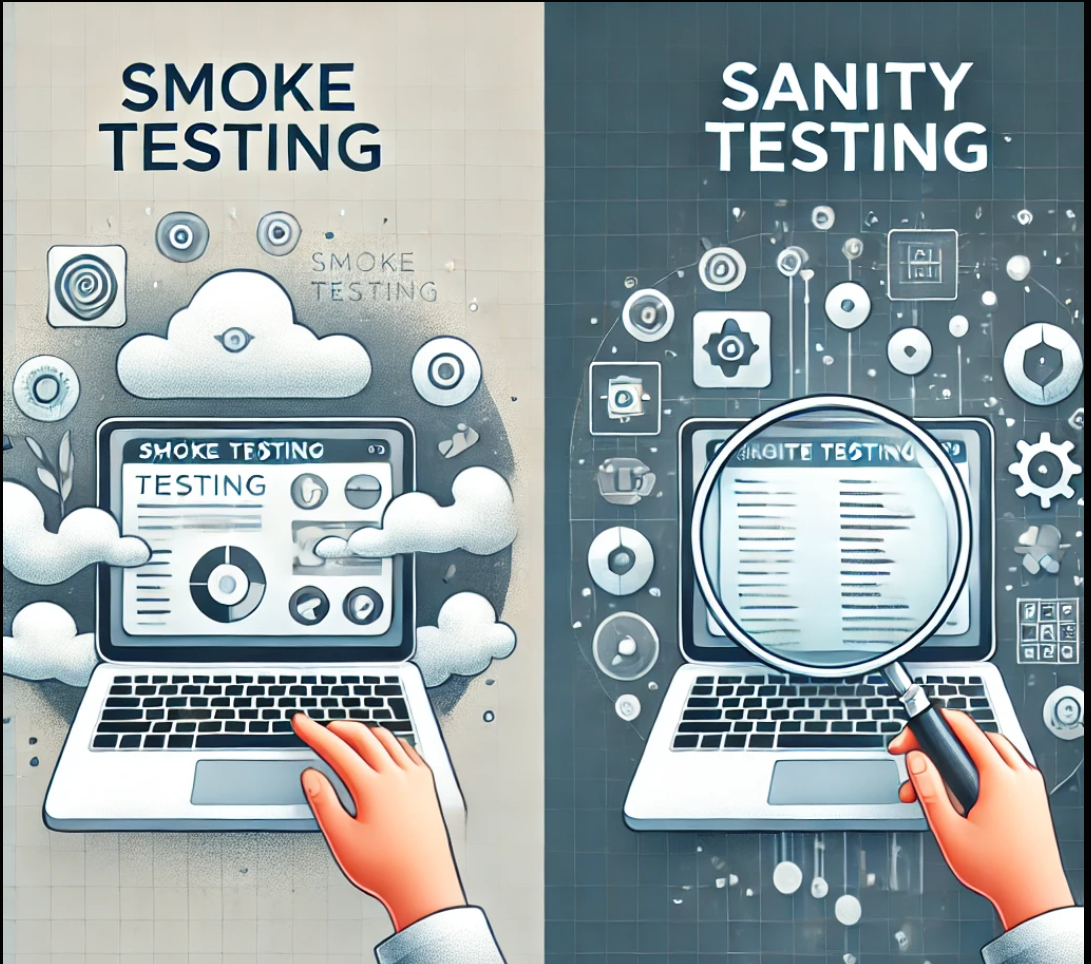
The Software Testing Life Cycle (STLC) is a series of steps or stages that software testers follow to ensure that the software works as expected and is free from bugs. Just like the software development process, the testing process also has its own life cycle, which helps in delivering a high-quality product. Understanding the STLC is crucial for anyone involved in software testing, whether they are a beginner or an experienced professional.
What is STLC?
The Software Testing Life Cycle (STLC) is a systematic process that consists of different phases to test software thoroughly. Each phase of the STLC has specific activities that testers must complete to ensure the software meets all the quality standards. This process ensures that bugs are caught early, minimizing risks before the software goes live.
Why is STLC Important?
- Quality Assurance: STLC ensures that the software is thoroughly tested, which helps in delivering a high-quality product.
- Early Bug Detection: Following the STLC helps testers catch defects early, reducing the cost and effort to fix them later.
- Improved Efficiency: By having a clear structure, testers can focus on each phase effectively, improving overall efficiency.
Phases of the Software Testing Life Cycle (STLC)
Let’s take a look at each phase of the STLC in simple terms:

1. Requirement Analysis
- What Happens in this Phase: Testers go through the software requirements (Software Requirement Sheet or Business Requirement Sheet) to understand what needs to be tested. This phase helps testers gather all the necessary information to create test plans and test cases.
- Goal: Understand the project’s requirements and identify the testing scope.
Key Activity: Interaction with stakeholders (like developers or business analysts) to clarify doubts.
2. Test Planning
- What Happens in this Phase In this phase, the testing team creates a test plan. This document outlines what to test, how to test, and when to test.
- Goal: Define the testing strategy and allocate resources, such as tools, time, and testers.
- Key Activity: few key activities mentioned as follows
- Test Strategy Development: Define the overall testing approach, including types of testing to be conducted (functional, non-functional, regression, etc.).
- Resource Allocation: Determine the number of testers required and assign tasks based on skills and experience.
- Test Schedule Creation: Outline the timeline for testing activities, including milestones and deadlines.
- Risk Identification and Mitigation: Identify potential risks associated with the testing process and plan strategies to mitigate them. e.g. if someone leave the company or someone takes emergency leave etc.
- Tool Selection: Decide on the testing tools and environments that will be used throughout the testing process.
3. Test Case Development
- What Happens: Testers write detailed test scenarios and test cases that describe the steps to be followed for testing a specific feature or functionality or requirement.
- Goal: Create effective test cases that cover all possible scenarios.
- Key Activity: Writing test scripts and gathering test data.
4. Test Environment Setup
- What Happens: The testing environment is prepared to replicate the conditions under which the software will run.
- Goal: Ensure that the testing environment is ready so that tests can be executed without issues.
- Key Activity: Installing hardware, software, and networking setup required for testing.
- Who Creates It: Typically, the DevOps team or system administrators are responsible for setting up the test environment. They ensure that the environment mimics the production environment as closely as possible, which helps in identifying any environment-specific issues.
5. Test Execution
- What Happens: The actual testing is done in this phase.Testers run the test cases, compare the actual results with expected results, and log any defects.
- Goal: Identify and report defects or bugs in the software.
- Key Activity: Execution of test cases and reporting bugs in a tracking tool like JIRA or Bugzilla.
6. Test Closure
- What Happens: After the tests are completed, the testing team reviews the entire process to check if all planned tests were executed and if all the defects are resolved. and they consolidate all the testing artifacts and store them for future references.
- Goal: Finalize and document the results of the testing process and assess if the software is ready for release.
- Key Activity: Creating a test closure report and archiving test cases for future use.
Benefits of Following the STLC
Better Test Coverage: STLC ensures that every aspect of the software is thoroughly tested.
Systematic Approach: Each phase follows a structured approach, making the testing process more efficient and organized.
Cost-Effective: Detecting defects early in the life cycle saves time and money during software development.
Improved Communication: By following a clear process, testers and developers can communicate more effectively and resolve issues quickly.

